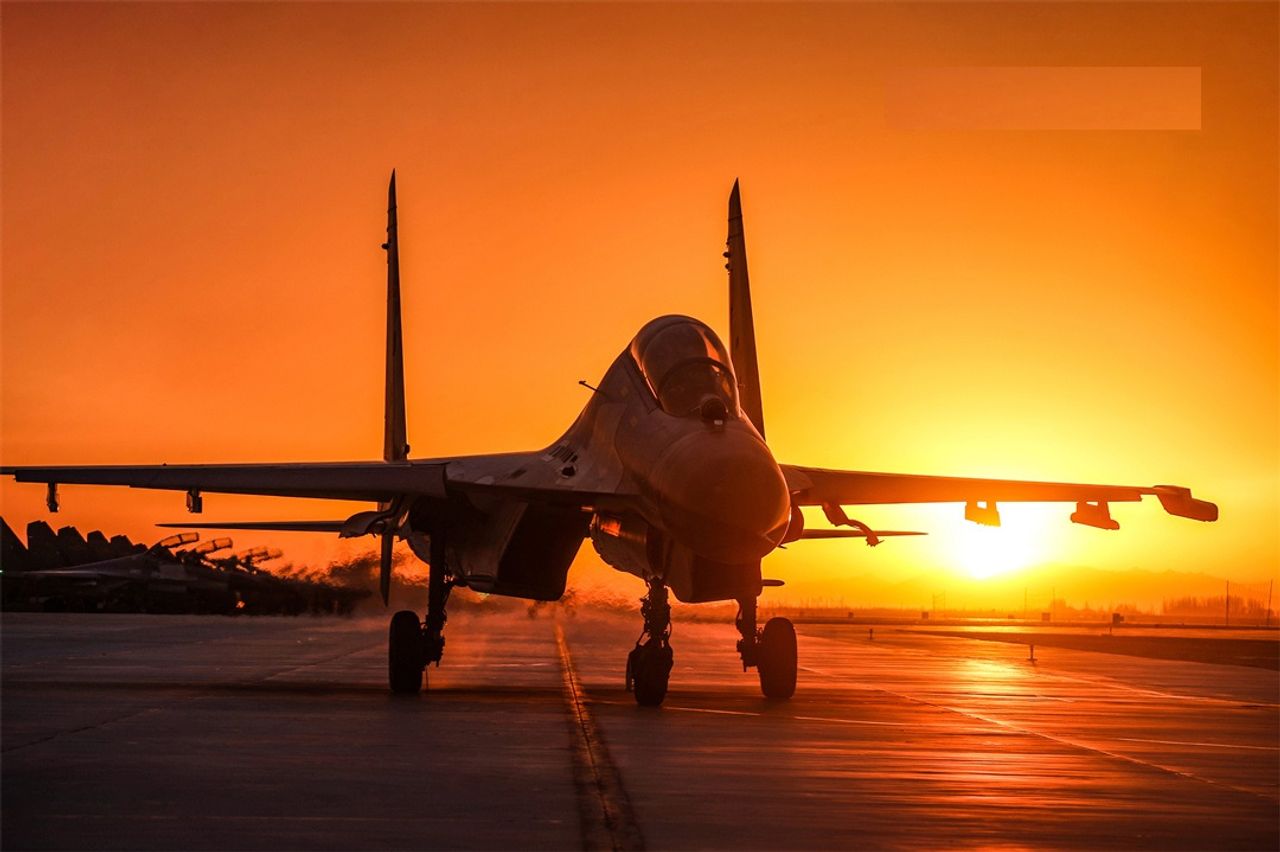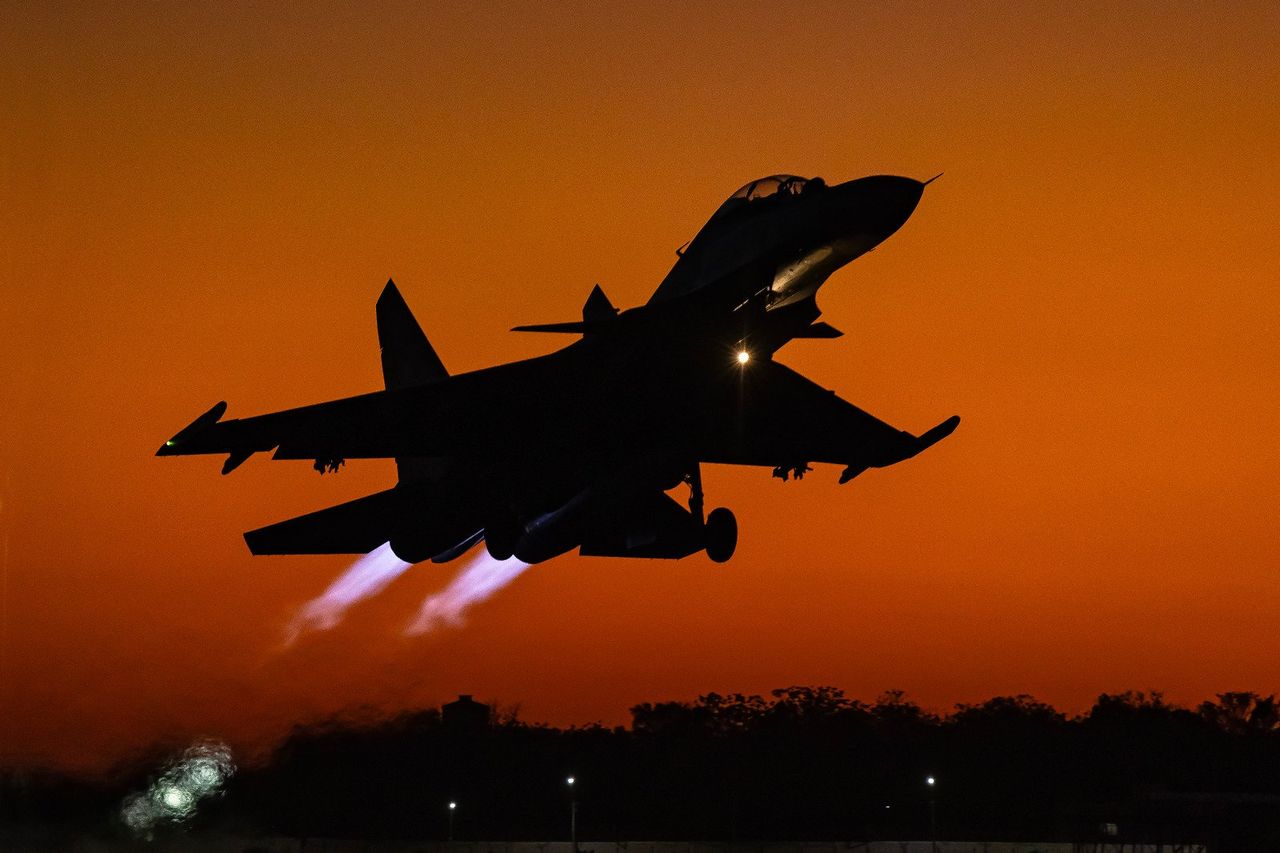Updated April 25th, 2024 at 20:07 IST
Indian Air Force's Strategic Resilience Shines Amidst Rising Chinese Air Power Ambitions
The Indian Air Force (IAF) showcases resilience and strategic foresight amidst the assertive posturing and rapid modernization of the Chinese Air Force.
Advertisement
New Delhi: Amidst the rapid modernization and assertive posturing of the People’s Liberation Army Air Force (PLAAF), the Indian Air Force (IAF) stands as a formidable force, demonstrating resilience and strategic foresight in safeguarding India's skies and interests. The PLAAF's ambitious expansion, fueled by state-enforced organizational reforms and technological advancements, underscores China's aspirations for regional dominance and global influence. With a fleet of over 2,700 aircraft, including advanced fourth and fifth-generation combat platforms, the PLAAF aims to reshape the dynamics of air power in the Asia-Pacific region.
PLA’s shifting doctrinal focus
The PLAAF emerges as the third largest Air Force globally, boasting a formidable arsenal of over 2,000 combat aircraft, reflecting a concerted effort towards modernization since the first Gulf War. With the induction and flight testing of fourth and fifth-generation platforms, China seeks to assert its dominance across the Taiwan straits and the East and South China seas. However, amidst this expansion, the PLAAF acknowledges the Indian Air Force's (IAF) swift deployment capabilities, particularly in conflict zones, recognizing the IAF as a significant regional player.

Central to PLAAF's strategic doctrine is the emphasis on 'Large Area Defence,' signalling a departure from traditional 'Vital Area/Vital Point' (VA/VP) Defence strategies. This shift underscores China's proactive stance, aiming for early engagement and enhanced defensive depth to deter potential adversaries. The PLAAF identifies key air campaigns, including offensive, defensive, blockade, and airborne operations, reflecting a multifaceted approach towards air superiority and strategic control.
Advertisement
IAF's strategic response against the Dragon
Despite facing challenges posed by the PLAAF's modernization efforts, the IAF maintains a vigilant stance, adapting to evolving threats and technological advancements. With acquisitions such as the Rafale and Su-30MKIs, the IAF strives to bolster its capabilities, albeit constrained by operational limitations and numerical disparities. The recent Ex Gaganshakti highlights the IAF's commitment to addressing operational shortcomings and enhancing readiness in the face of emerging threats.
Advertisement

The IAF leverages its expertise in navigating diverse terrains, coupled with technological advancements and rigorous training regimes, to maintain a competitive edge over the PLAAF. Operating in the high-altitude regions of Tibet and southern Xinjiang, the IAF capitalizes on its unrestricted airfield access, enabling deep penetration missions and air superiority operations. Additionally, the IAF's integrated command and control system, supported by advanced surveillance capabilities, ensures effective coordination and response against potential threats.
Countering A2/AD challenges
As the PLAAF fortifies its Anti-Access/Area Denial (A2/AD) capabilities with advanced SAM systems, the IAF adopts a proactive approach, leveraging standoff weapons and precision munitions to neutralize enemy defences. The deployment of multi-tiered air defence systems and strategic positioning of assets mitigate the risk posed by PLAAF's long-range strike capabilities, enhancing India's defensive posture along its borders.
Recognizing the evolving threat landscape, both the IAF and the Indian Army prioritize networked air defence systems to counter potential airborne threats. Vigilance against tactical missile strikes and mass aerial offensives remains paramount, necessitating continuous investment in defensive infrastructure and readiness measures. Additionally, collaborative efforts between the armed forces ensure a cohesive response to emerging challenges, safeguarding India's sovereignty and strategic interests.
Advertisement
Published April 25th, 2024 at 20:07 IST